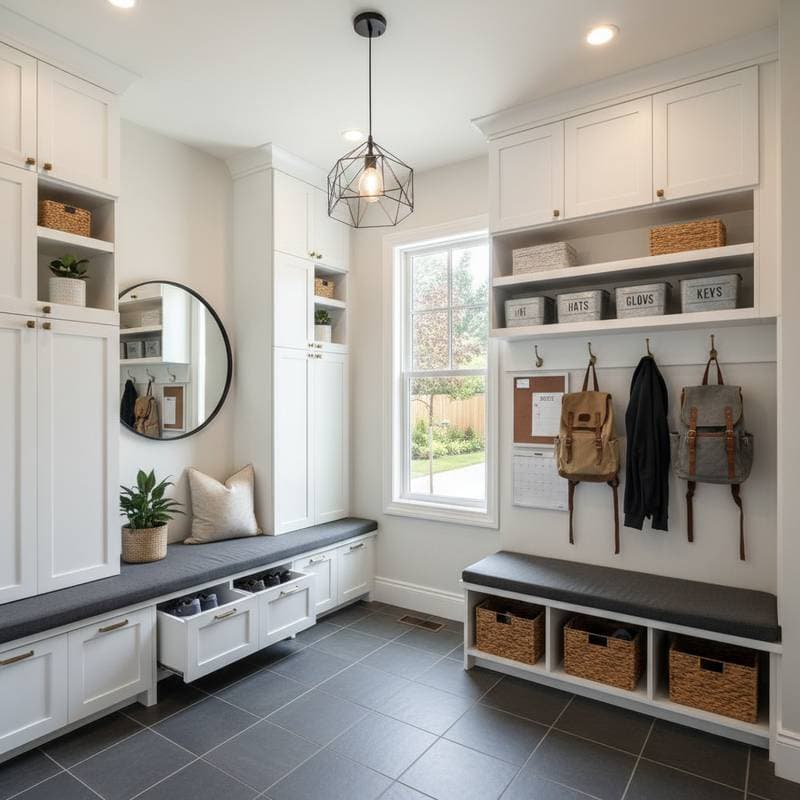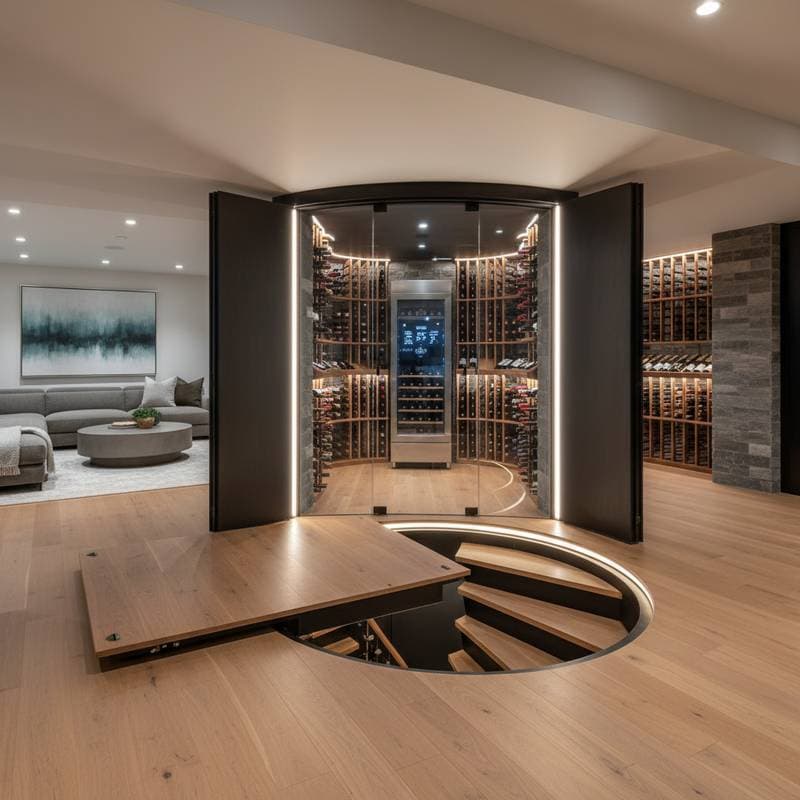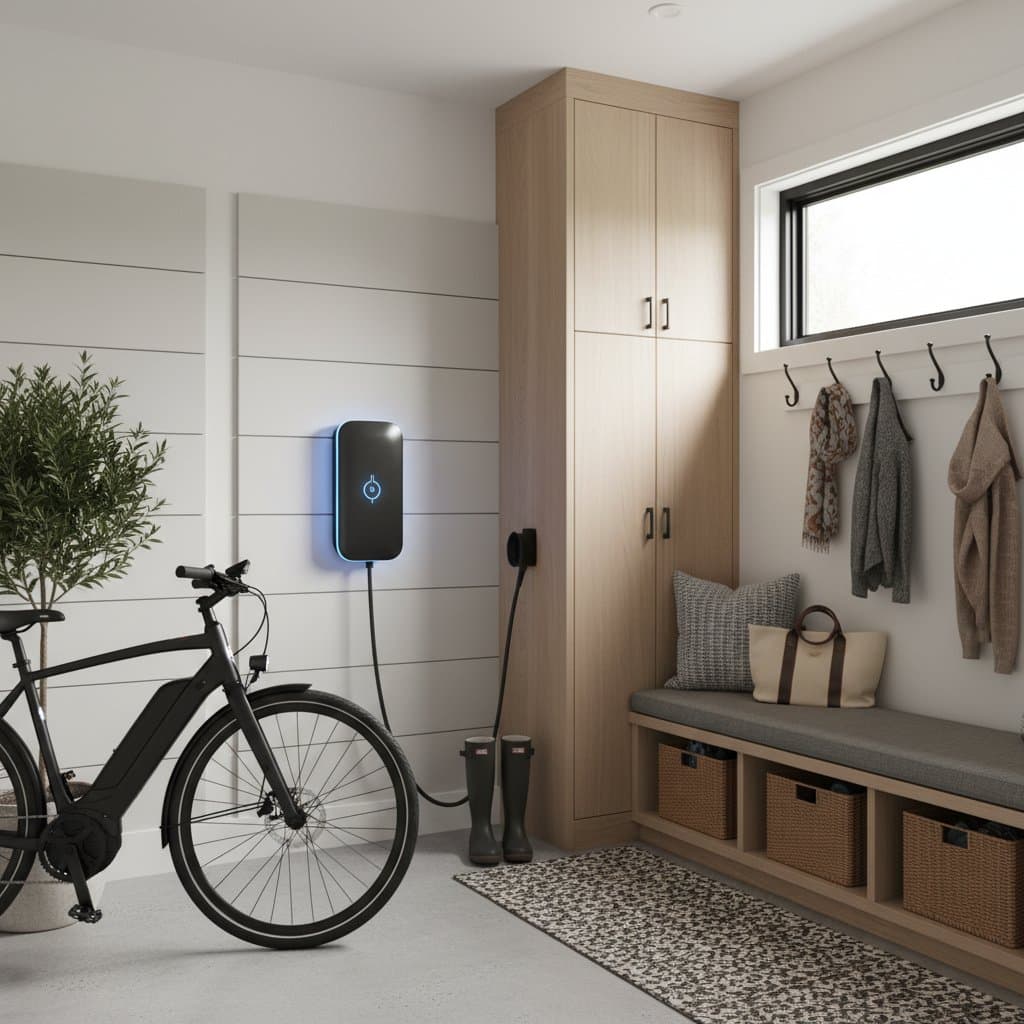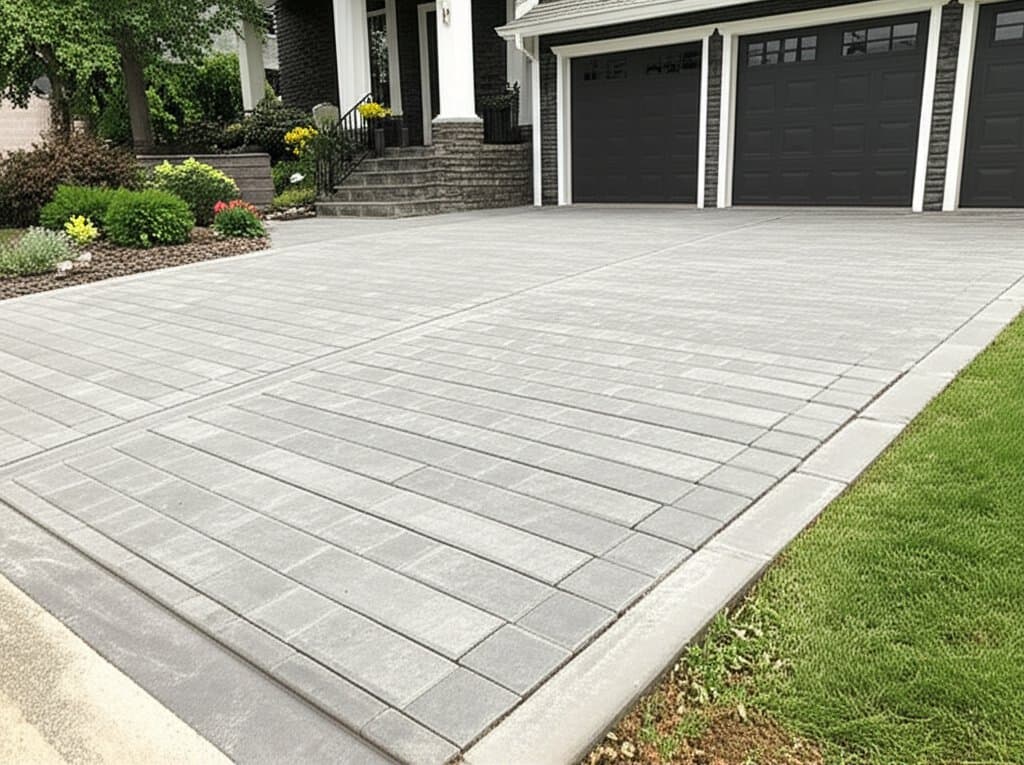EV-Ready Garages Accelerate Home Sales by 40 Percent
Homes equipped with built-in electric vehicle (EV) charging stations now sell up to 40 percent faster than comparable properties without this feature. This trend underscores a shift in buyer priorities, where convenient charging has become a key differentiator in the real estate market. For homeowners preparing to sell or enhance their property, installing an EV charger represents a strategic investment that enhances appeal, streamlines the sales process, and delivers strong returns on modest upfront costs ranging from $1,200 to $3,800.
The demand for EV infrastructure continues to rise as electric vehicle adoption surges. Buyers, particularly younger demographics and urban professionals, view an EV-ready garage as a practical necessity rather than a luxury. This upgrade not only addresses immediate charging needs but also future-proofs the home against evolving transportation trends, positioning it favorably in competitive markets.
Understanding Installation Costs
Several factors influence the total expense of adding an EV charging setup to a garage. A clear grasp of these elements enables precise budgeting and prevents unexpected expenses during the project.
Electrical Panel Capacity
Many older homes require upgrades to their electrical systems to support EV charging. If the existing panel lacks sufficient capacity, costs range from $500 to $2,000 for enhancements.
Level 2 chargers, which provide faster charging speeds, typically demand a 40- or 50-amp dedicated breaker. Properties constructed before widespread EV use often feature panels with limited available slots or amperage. In such cases, installing a subpanel or upgrading the main service becomes essential to accommodate the new circuit safely.
Homeowners should consult a licensed electrician for a panel assessment early in the planning phase. This step identifies any deficiencies and outlines the scope of necessary modifications.
Charger Type and Features
The choice of charger significantly affects both initial costs and performance. Level 1 chargers operate on standard 120-volt outlets and represent the most affordable option, though they deliver slower charging times suitable only for overnight use in smaller vehicles.
Level 2 chargers, utilizing 240-volt connections, offer substantially quicker charging and greater long-term value. The units themselves cost between $400 and $900, with additional labor for installation. Opting for a hardwired model ensures a seamless integration and supports higher amperage for efficient operation across various EV models.
Consider chargers with smart features, such as app-based monitoring and scheduling, which enhance user experience without substantially increasing the base price.
Wiring Distance and Layout
The distance from the electrical panel to the installation site directly impacts expenses. Each additional foot of wiring incurs charges of $8 to $15, covering conduit, cabling, and professional labor.
Proximity between the panel and garage minimizes these costs effectively. Detached garages or those separated by long runs, such as across a yard, push expenses toward the upper limit. Planning the route in advance, including any obstacles like walls or landscaping, helps optimize the layout and reduce material needs.
Permits, Inspections, and Compliance
Local regulations mandate permits for electrical work, with fees typically ranging from $100 to $300. These ensure the installation adheres to safety standards and building codes.
Post-installation inspections evaluate critical aspects, including wire gauge, breaker sizing, and proper grounding. Obtaining these approvals not only avoids fines but also protects against liability issues in the event of future sales or insurance claims.
Optional Accessories and Finishes
Enhancements like wall-mounted cable management systems, weatherproof housings, and intelligent chargers add $200 to $800 to the project. While not essential, these elements improve functionality and aesthetics.
For instance, a retractable cable reel prevents clutter and simplifies daily use. Selecting durable, low-maintenance accessories aligns with the goal of creating a hassle-free charging environment that appeals to prospective buyers.
DIY Installation Options Versus Professional Services
Homeowners weigh the balance between self-installation and hiring experts based on skill level, project complexity, and risk tolerance. Each approach offers distinct advantages in terms of cost savings and reliability.
Suitable Tasks for DIY Efforts
Certain preparatory and finishing steps lend themselves to do-it-yourself methods, potentially saving $100 to $300 in labor fees. These include mounting the charger bracket securely to the wall and running surface-mounted conduit along accessible areas.
Basic tools such as a drill, level, and stud finder suffice for these tasks. Additionally, organizing the garage space and applying protective finishes around the installation site contribute to a polished final appearance without requiring specialized expertise.
Homeowners comfortable with minor electrical work, like installing a dedicated outlet, may handle Level 1 setups independently. However, always verify local codes to confirm permissible DIY scopes.
Essential Professional Interventions
Critical electrical components demand the involvement of a licensed electrician to guarantee safety and compliance. This includes connecting to the main panel, routing new circuits through insulated walls, and modifying breaker boxes or service entrances.
Professionals bring the necessary certifications, tools, and insurance to mitigate risks such as electrical shorts or code violations. Errors in these areas could lead to fire hazards, warranty invalidations, or costly rework. Budgeting for expert services ensures a robust, long-lasting installation that enhances property value.
Prioritizing Safety in All Installations
Safety protocols form the foundation of any EV charging project. Always disconnect power at the main breaker before handling wiring or components to eliminate shock risks.
Incorporate ground-fault circuit interrupter (GFCI) protection and verify all connections for secure grounding. Wear appropriate personal protective equipment, including insulated gloves and safety glasses, during drilling or conduit cutting activities.
For those without electrical training, avoid manipulating high-voltage lines entirely. Professional oversight in these phases safeguards both the installer and the home's electrical integrity.
Ongoing Maintenance for Longevity
Proper upkeep extends the lifespan of an EV charging system and maintains its efficiency. Regular attention prevents minor issues from escalating into major repairs.
Routine Maintenance Practices
Clean the charger surface monthly using a dry, soft cloth to remove dust and debris. Inspect plug connections for signs of overheating or corrosion, which could indicate loose fittings.
Store cables neatly to avoid wear from foot traffic or environmental exposure. Conduct an annual test of the GFCI mechanism to confirm it functions correctly under load.
In humid or coastal areas, additional checks for moisture ingress help preserve internal components. These simple habits ensure reliable performance year-round.
Indicators for Replacement
Evaluate the system periodically for signs of degradation. Persistent breaker trips or failed self-diagnostic tests signal the need for immediate attention.
Upgrading becomes advisable when acquiring a vehicle with higher power demands that exceed the current setup's capacity. Most chargers endure 10 to 20 years of moderate use, though harsh conditions like extreme temperatures may shorten this timeline.
Navigating Warranties
Manufacturer warranties generally span 3 to 5 years, covering defects in materials and workmanship. Extended options provide additional peace of mind but often exclude coverage for installations not performed by certified technicians.
Retain all documentation, including electrician invoices and inspection reports, to support claims. For smart chargers, perform recommended software updates to maintain compatibility with advancing EV technologies.
Evaluating Repairs or Full Replacements
Existing chargers warrant a condition assessment before deciding on repairs or replacements. This evaluation balances cost, performance, and market appeal.
| Condition | Recommended Action | Rationale |
|---|---|---|
| Unit exceeds 8 years in age | Replace fully | Modern units offer superior speed, efficiency, and safety features |
| Visible damage like cracks or frayed cables | Replace immediately | Poses significant electrical fire risks and compromises reliability |
| Functional but charging slowly | Upgrade components | Enhances convenience and increases attractiveness to eco-conscious buyers |
| Installed in multi-user garage | Implement load balancing | Distributes power evenly to avoid overloads and frequent disruptions |
Replacements frequently mirror initial installation costs, as existing wiring remains viable. This approach refreshes the system while leveraging prior infrastructure investments.
Essential Safety and Compliance Checklist
- Confirm electrical panel capacity supports at least 40 amps for Level 2 charging.
- Secure all permits and schedule inspections prior to energizing the system.
- Install GFCI protection on the dedicated circuit.
- Label the breaker clearly and document the installation for future reference.
- Test the full setup under load before regular use.
- Review local codes for any unique requirements, such as seismic bracing in prone areas.
Steps to Implement Your EV Garage Upgrade
Begin by assessing your home's electrical setup through a professional consultation. Select a charger model aligned with your vehicle's specifications and budget.
Coordinate with a licensed electrician to handle permitting and core installation tasks. Once operational, integrate maintenance into your routine to maximize durability and value.
This upgrade not only accelerates sales but also elevates daily living convenience. Homeowners who act now position themselves ahead in a market increasingly driven by sustainable features.











